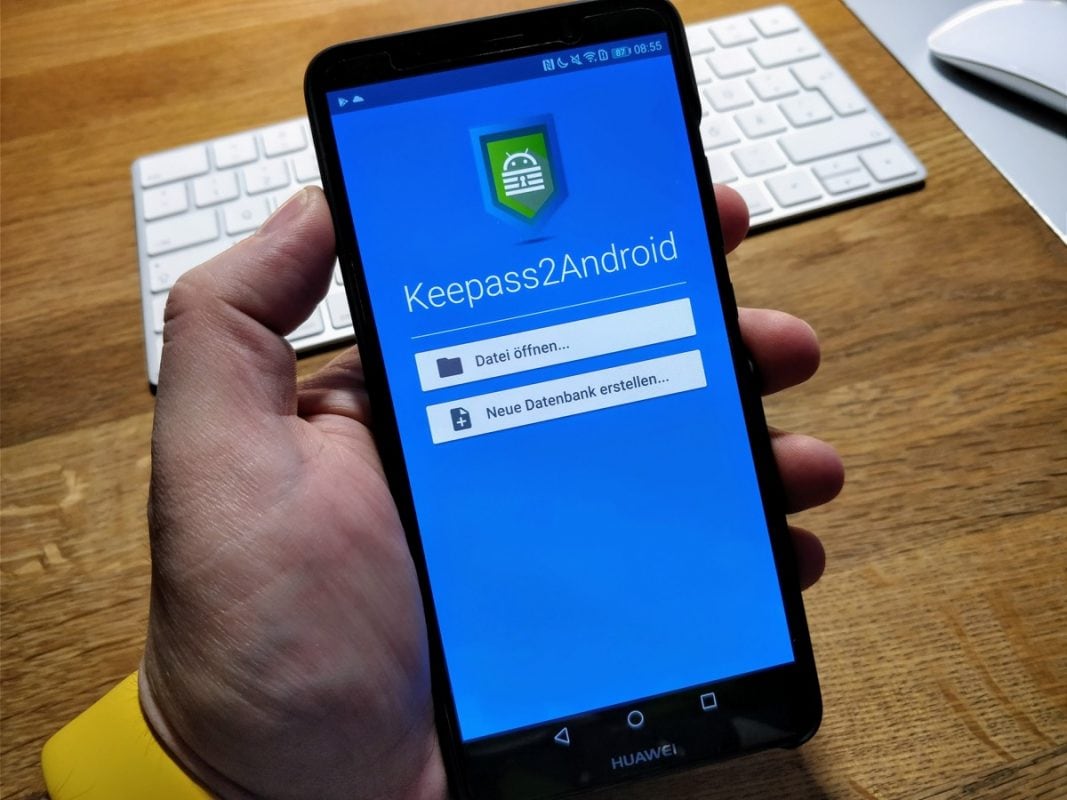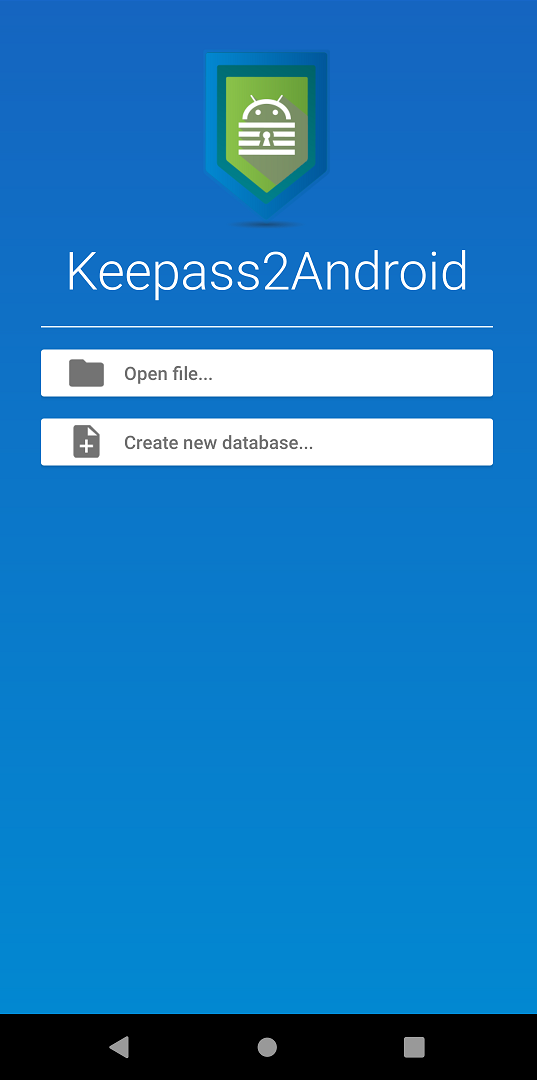

The number of characters can be changed in the Keepass2Android settings.Īnother feature of Keepass2Android is the ability to search with regular expression. To unlock the database, you just have to enter the last 3 characters of your database password. The Quick Unlock feature will kick in when you switch application. Other than the auto-fill password feature, Keepass2Android also comes with a “Quick Unlock” feature that allows you to quickly unlock opened database without having to enter the full password again. You can then select “username” or “password”, which will then be inserted into the respective field. Lastly, tap on the Droid button (at the bottom left corner of the keyboard) to bring up the auto-fill entry. It will prompt you to unlock your database (if you have already opened, you just have to enter the last 3 characters of your password to unlock the database), after which the password entry will show up for you to select. Click the “Share” button and select “Keepass2Android”. Open your mobile browser and navigate to a site that requires login (and one that you have the login credential saved in the password database). Set the “keepass2Android” keyboard as the default. Go to “Settings -> Language & Input” and place a check beside “Keepass2Android”

AutoFill Password in Browserįor it to be able to auto fill password in Android browsers, you will have to enable the Keepass2Android keyboard and set it as the default. This is similar to how KeePassDroid works. Once you have unlocked the database and selected an entry, the username and password will be available in the notification bar for you to copy to the clipboard.

It currently supports Dropbox, Google Drive, SkyDrive, FTP and WebDav. You can choose to select the database file from the local storage, or any of your cloud storage account. Once you have installed Keepass2Android, open it up and connect to your keepass 2.x database. This is suitable for those who don’t need the cloud storage access. The other is a lightweight version that only comes with local storage support. One is the full version with support for local storage as well as various cloud storage services. There are two version of Keepass2Android in the Play store. Keepass2Android is based on KeePassDroid and it comes with full read/write support for keepass 2.x database as well as username/password auto-fill for most mobile browsers for Android. However, it is only compatible only with keepass 1.x database (beta support for keepass 2.x database) and the lack of integration with the mobile browser prevented it from becoming the perfect app. All the while, KeePassDroid has been the go-to app to manage our password database in Android.


 0 kommentar(er)
0 kommentar(er)
